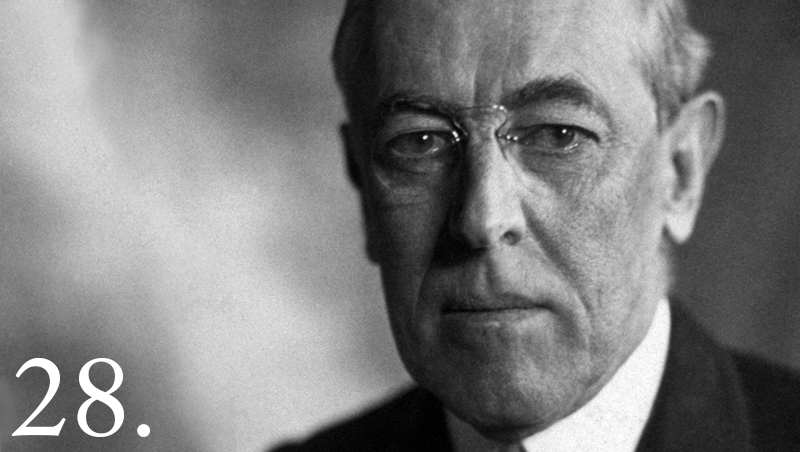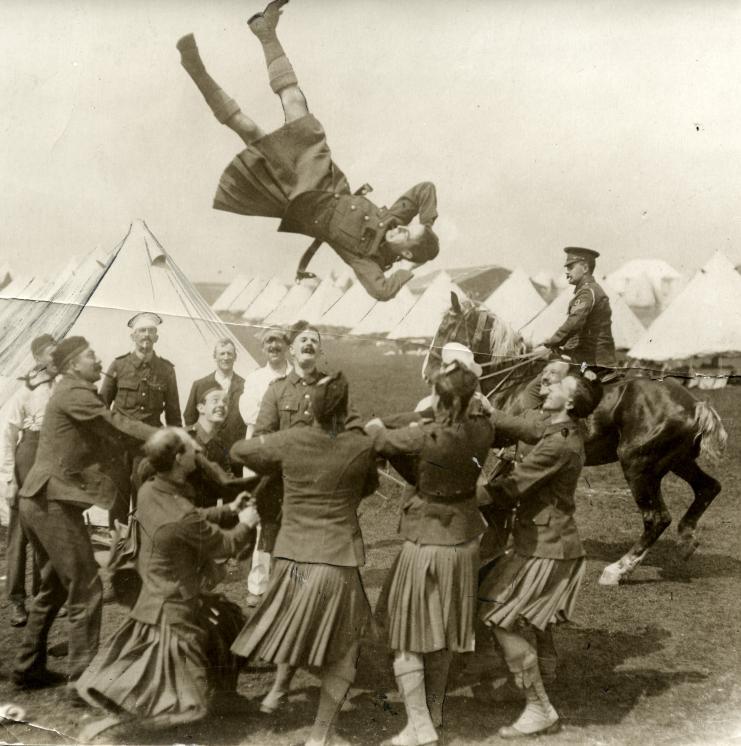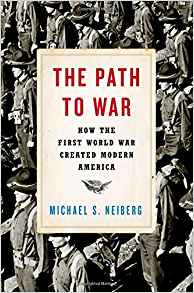As Americans wait for a pair of speeches–concession and acceptance–that will end a long, bitter presidential campaign, we can look back on famous presidential words from the First World War.
Woodrow Wilson won reelection in 1916 with the slogan, “He kept us out of war.” Three months after his inauguration, the United States joined the European War, and Wilson’s most famous line was that America’s involvement in the fight against Germany and its allies would “make the world safe for democracy.”
That’s a stirring phrase. It has a noble ring to it, doesn’t it? We’re not going in to kill as many people as we can before they kill us, we’re fighting for the good of the world.
It was a catchy, if pretentious, rallying cry, but the speech had much more to say. Here, Robert Lehrman, author and former chief speechwriter to Vice President Al Gore in the White House, offers an analysis of the speech for PBS’ “American Experience.”
https://www.pbs.org/wgbh/americanexperience/features/when-wilson-asked-war/
His conclusion:
“Can presidents risk honesty these days? Explain decisions in their complexity? Avoid vilifying the other side? Acknowledge the sadness in having to make a decision when all available options carry tragic consequences?
Believe it or not, yes. That’s what leaders must do. Whatever happened with his larger goals, Wilson succeeded with this speech. There was more to talk about than German subs. We should admire his approach in the last century — and hope it educates presidents in this one.”
Thoughts to reflect on, a distraction from our obsession, “Who won Pennsylvania”?
















